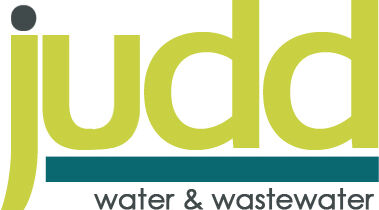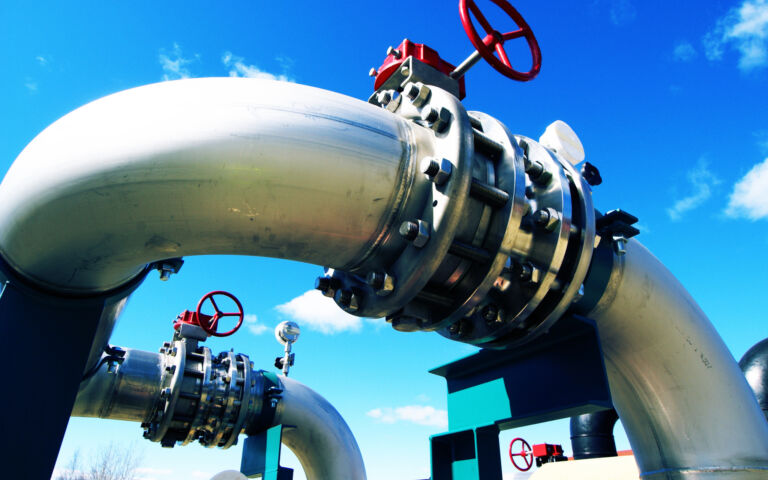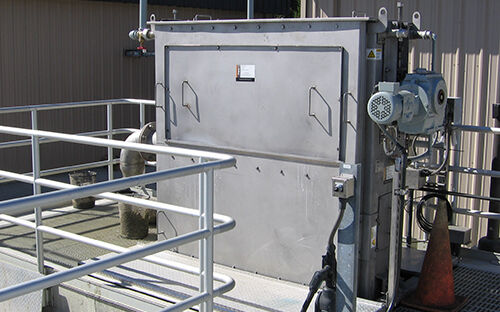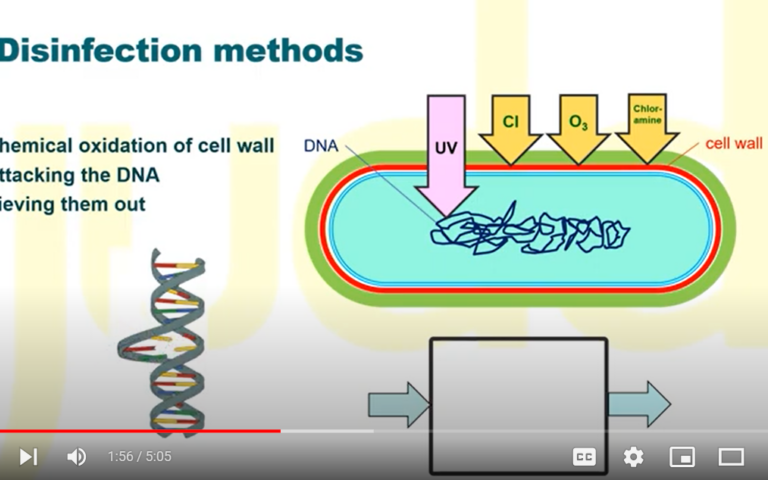MBRs − choosing the process and membrane configuration

Immersed or sidestream?
MBR processes are based on two configurations:
- immersed (i.e. iMBRs), where the membrane module is placed inside a tank and
- sidestream (i.e. sMBRs), where the membrane is placed outside a tank.
The membrane modules are configured as:
- flat sheet (FS),
- hollow fibre (HF) or
- multitube or multichannel (MT/MC).
The FS and HF membranes are generally immersed and the MT/MC modules used in sidestream mode.
What are the factors to consider in choosing a configuration?
The selection of any wastewater treatment technology is generally informed by
- efficacy, and
- cost.
'Efficacy' relates to the ability of the technology to achieve the required goal, primarily in terms of the throughput and treated wastewater quality. Even these factors relate to cost: there are often penalties for failing to meet the water quality objective.
Efficacy also encompasses the robustness of the system, with reference to both its ability to consistently meet the treated water quality objective when operational and its susceptibility to process failure or breakdown. A key advantage of an MBR is its robustness in meeting tight water quality objectives. However, the process is technically more complex than the classical activated sludge process and so can be more liable to fail if not designed sufficiently conservatively.
The cost is usually divided into the capital (or investment) expenditure and the operating (or running) expenditure, often abbreviated to 'capex' and 'opex' respectively. There are a number of contributors to both these costs but the ones considered the most important are the membrane and energy costs. The membrane cost makes up a significant part of both the capex and opex, since the membranes also needs to be replaced after a few years.
Configuration and scale
When considering configurations, there is a trade-off between the perceived robustness and simplicity of the sidestream configuration and the generally lower cost of the immersed process. This cost difference − which is associated with the higher energy and membrane cost (in terms of cost per m2 membrane area) of the sidestream configuration − becomes less significant (in terms of the cost per unit time) as the installation becomes smaller.
So for small flows of difficult-to-treat (or 'biorefractory') effluents, the sidestream configuration is often selected because it is simpler in operation, is smaller in footprint, and simpler to service − especially with reference to membrane replacement. For very large plants, the immersed process configuration is always selected and nearly always the HF membrane configuration since the opex is usually lower than for the FS membranes.
For intermediate flows, the choice is normally between the two immersed membrane configurations, HF and FS. The FS configuration is operationally simpler but both the membrane cost (per m2 area) and the energy requirement are normally slightly higher than for the HF configuration.
Finally, although most of the sidestream MBRs implemented are the classical pumped type, where the membranes are arranged in series in a serpentine pattern, they can also be run in air-lift mode. This configuration has an energy demand comparable to that of immersed MBRs and so can be considered for municipal wastewater applications (an example is Pentair's Ootmarsum case study − see our feature 'Improving MBR flux: Ultrafiltration with a twist'). It offers the advantage of lower footprint and effective rag removal, although the membranes are usually more costly than the immersed ones.
sMBRs versus iMRs
Although sMBRs are more energy intensive than iMBRs, they offer a number of advantages:
- reduced membrane area requirement, from higher flux operation
- complete operational flexibility for both operation and the cleaning cycle − the membranes are not immersed in the biomass meaning that in-situ chemical cleaning of the membranes can be conducted without any chemical risk to the biomass
- maintenance and plant downtime costs, particularly for membrane module replacement, are generally slightly lower; the modules are readily accessible and so can be replaced in a much shorter time than for the immersed membranes
- the membrane modules can be brought on- and off-line according to hydraulic loading
- operation at higher solids concentrations is possible, compared with HF modules
- operation at a lower energy demand is possible if the pressure and flow rates are reduced or if the membranes are configured for air-lift operation, though this then demands more membrane area.








